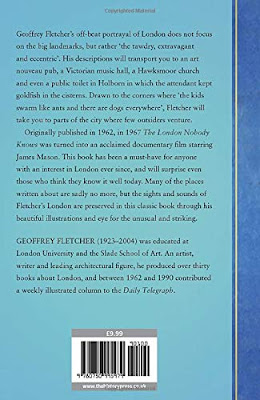Now it is so easy to sneer and make cheap humour of people who collect things.
 |
| "embossed, unperforated stamp, issued in between 1847-54" |
Of course, when the collecting is priceless art, or ancient objects that tends to be OK as if the quantity spent on an item makes it more acceptable.
So, the acquisition of a genuine Picasso, or rare Roman funerary piece is seen as a legitimate hobby while standing on a railway platform recording the numbers on the side of locomotives is up for ridicule.
And that is a shame because train spotting could be a social event where kids got together, and shared knowledge, often in historic places.
Not that I ever did collecting loco numbers because in the 1950s my bit of the Southern Region of British Railways was by and large about green electric trains which didn’t have the same magic as big and small steam locomotives.
But I did collect used postage stamps, helped by the fact one uncle lived in various bits of east Africa, and my grandmother was German and regularly received letters from Germany.
Added to this I had inherited a collection pf pre-war stamps. To this my sister Stella added to over the years.
And these memories were reignited by my friend Ann who emailed me over some stampy pictures, commenting, “Yesterday we received a parcel, from a friend in England.
He spends a good deal of time at car boot sales, and often picks up interesting things.
He knows that I collect stamps, and over the last year has amassed an envelope of used stamps for me.
I spent the afternoon sorting some of them out, and came across this little booklet, which I may have had since I was seven (1949), when my Mum gave me a small album, a packet of assorted stamps, and a book to help me start.
I thought you might be interested in the first couple of paragraphs on the inside cover. I think my Mum must have been ahead of her time!
I continued to collect stamps regularly, until about 1965/6, when the Post Office became more commercial, and began to produce 'Special' Issues several times a year and became too expensive to keep up.
That was also my first year of teaching, and in my enthusiasm, I held a small stamp club in my Art room.
Anyway, the booklet, inside cover page, also has some of my early stamps including this one which is an embossed, unperforated stamp, issued in between 1847-54. Not in brilliant condition, but quite rare”.
All of which has made me go look for my old stamp albums which span a century …. But that is for tomorrow.
Pictures; from the collection of Ann Love

















































